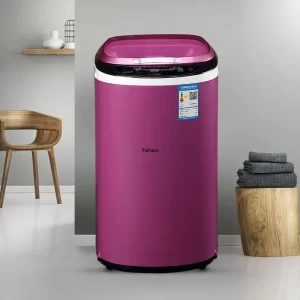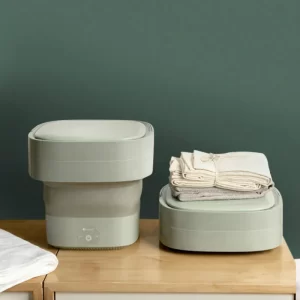What are disadvantages of washing shoes in washing machine?
Introduction
While washing shoes in a washing machine can be a convenient way to clean them, there are some disadvantages to consider. It’s important to understand these potential drawbacks to make an informed decision about whether to machine wash your shoes. In this guide, we will explore the disadvantages of washing shoes in a washing machine and discuss alternative cleaning methods to consider.
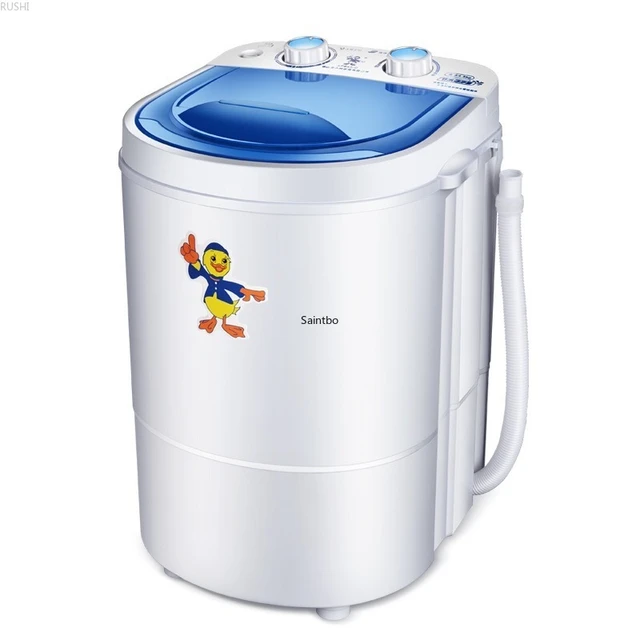
What are disadvantages of washing shoes in washing machine?
Damage to Shoes
1.1. Material Sensitivity Not all shoes are suitable for machine washing. Delicate materials like leather, suede, or satin can be easily damaged in a washing machine, resulting in discoloration, warping, or loss of texture. It is crucial to check the manufacturer’s instructions or label to determine if your shoes are machine washable.
1.2. Glued Construction Machine washing can weaken or dissolve the adhesives used in the construction of shoes, especially those with glued components. This can cause separation or damage to the shoes, compromising their structural integrity and lifespan.
1.3. Shoe Structure The mechanical agitation and tumbling action of a washing machine can potentially deform or misshape shoes, especially if the shoes are not properly secured or cushioned. The shoes may lose their original shape or become misaligned, affecting their fit and comfort.
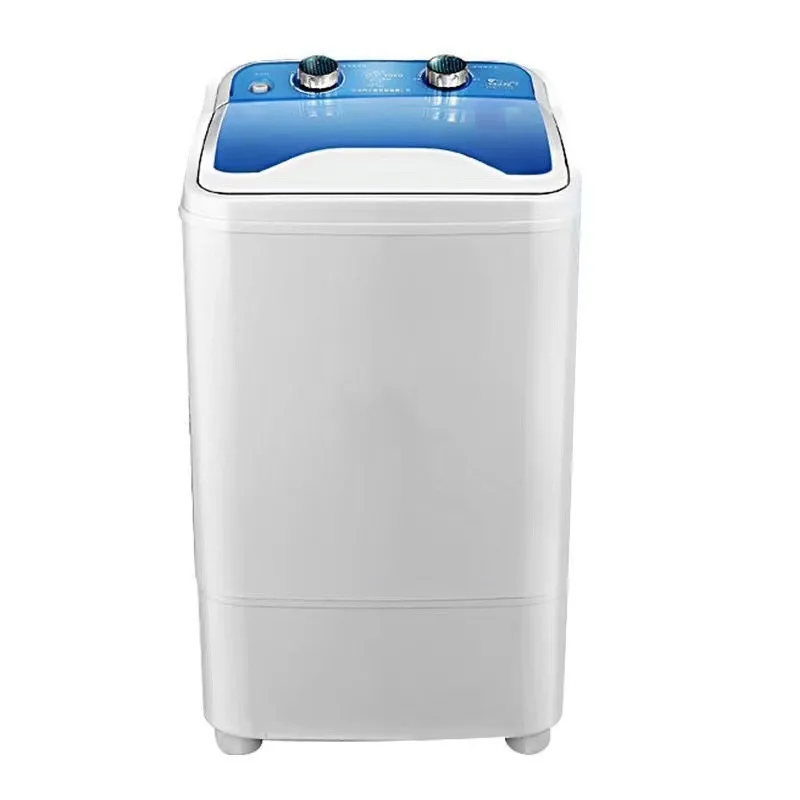
Color Fading and Discoloration
2.1. Dye Bleeding Certain shoes, particularly those with vibrant or dark colors, may experience dye bleeding in the washing machine. This can result in color transfer to other parts of the shoe or to other items being washed concurrently, leading to permanent discoloration.
2.2. Color Fading Repeated washings in the machine can cause colors to fade, especially for shoes made of fabrics or materials that are not colorfast. This can result in a dull or washed-out appearance, reducing the aesthetic appeal of the shoes.
Damage to Washing Machine
3.1. Agitation and Imbalance Shoes, especially heavier ones, can cause imbalance and excessive movement inside the washing machine during the wash cycle. This can potentially damage the machine’s drum, agitator, or other internal components, leading to costly repairs or replacement.
3.2. Lint and Debris Shoes may shed lint, dirt, or debris during the washing process, which can accumulate and clog the washing machine’s drainage system or filters. This can affect the machine’s performance and require additional maintenance.
Odor and Hygiene Concerns
4.1. Lingering Odor Machine washing may not completely eliminate strong odors, especially if the shoes are heavily soiled or have a persistent odor issue. The washing machine may become impregnated with the odor, which can transfer to subsequently washed items.
4.2. Hygiene Issues Shoes that are heavily soiled or contaminated with bacteria or fungi may risk cross-contamination with other items in the washing machine, compromising overall hygiene. This is particularly concerning for individuals with allergies, sensitivities, or foot-related conditions.
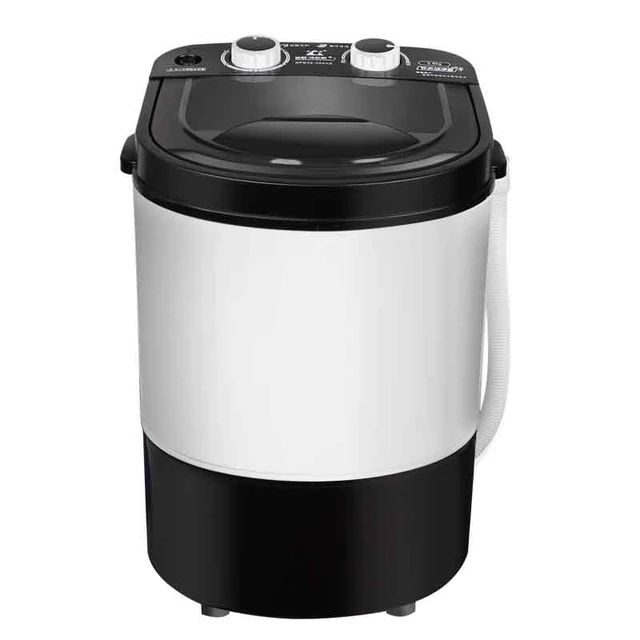
Alternative Cleaning Methods
Considering the potential disadvantages of machine washing shoes, it is worth exploring alternative cleaning methods:
Hand Cleaning
5.1. Spot Cleaning For minor stains or localized dirt, spot cleaning using a soft brush, mild detergent, and water can be effective. Gently scrub the affected areas, rinse with water, and air dry thoroughly.
5.2. Hand Washing For shoes made of delicate materials or those that cannot be machine washed, hand washing is often the safest option. Use a soft brush or cloth, mild detergent, and water to gently clean the shoes. Rinse thoroughly and air dry.
Dry Cleaning
6.1. Professional Cleaning For shoes made of delicate materials or those with intricate detailing, professional dry cleaning may be the best option. Experienced cleaners can use specialized techniques and products to safely clean and restore the shoes.
Preventive Measures
7.1. Regular Maintenance Regularly clean and maintain your shoes to minimize the need for deep cleaning. Promptly address stains or dirt by spot cleaning, and use protective sprays or treatments to prevent future damage.
7.2. Shoe Deodorizing To tackle odor issues, use shoe deodorizers or odor-absorbing products specifically designed for shoes. These can help neutralize unpleasant smells and maintain freshness.
![]()
Time and Effort
8.1. Longer Drying Time Machine washing shoes can significantly increase the drying time. Shoes may retain moisture, especially in the insoles or padding, leading to a longer drying process. This can be inconvenient if you need to wear the shoes promptly.
8.2. Preparatory Steps Preparing shoes for machine washing requires additional time and effort. This includes removing laces and insoles, pre-treating stains, securing shoes in a mesh bag or pillowcase, and ensuring suitable machine settings. Hand cleaning or spot cleaning may be quicker and more straightforward for minor cleaning needs.
Quality and Longevity
9.1. Reduced Lifespan Machine washing can accelerate the wear and tear on shoes, shortening their overall lifespan. Frequent machine washing can weaken materials, compromise construction, and affect the shoes’ overall quality and durability.
9.2. Potential Residue Build-up Machine washing may not always remove all residues, especially in hard-to-reach areas or intricate designs. Residual dirt, detergent, or cleaning agents may build up over time, affecting the appearance and quality of the shoes.
Loss of Shape or Support
10.1. Loss of Cushioning or Padding Machine washing may impact the original cushioning or padding inside the shoes. Excessive agitation or washing at high temperatures can cause these components to lose their shape or support, affecting the overall comfort and performance of the shoes.
10.2. Structural Changes Certain shoes, such as those with built-in arch support or orthopedic features, may experience structural changes when machine washed. This can alter the fit and functionality of the shoes, potentially leading to discomfort or foot-related issues.
Specialized Shoes or Designs
11.1. Shoes with Embellishments Shoes with decorative elements, such as sequins, embroidery, or delicate beads, are generally not suitable for machine washing. Aggressive agitation can damage or dislodge these embellishments, resulting in irreversible damage to the shoes’ aesthetic appeal.
11.2. Athletic or Performance Shoes Athletic or performance shoes designed for specific sports or activities often require specialized care. Machine washing may compromise their unique features, such as waterproofing, breathability, or traction, affecting their performance and longevity.
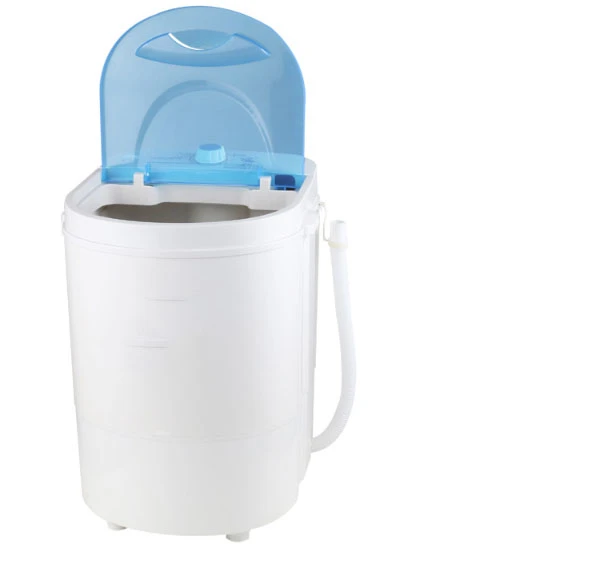
Conclusion
While washing shoes in a washing machine can be convenient, it is essential to consider the potential disadvantages. Damaged shoes, color fading, damage to the washing machine, and hygiene concerns are valid considerations. Alternative cleaning methods such as hand cleaning or professional dry cleaning can be safer and more effective for certain shoes. By practicing regular maintenance and preventive measures, you can keep your shoes clean and well-maintained while avoiding the risks associated with machine washing. Assess your shoes’ materials, construction, and condition to make an informed decision about the best cleaning method for your footwear.
